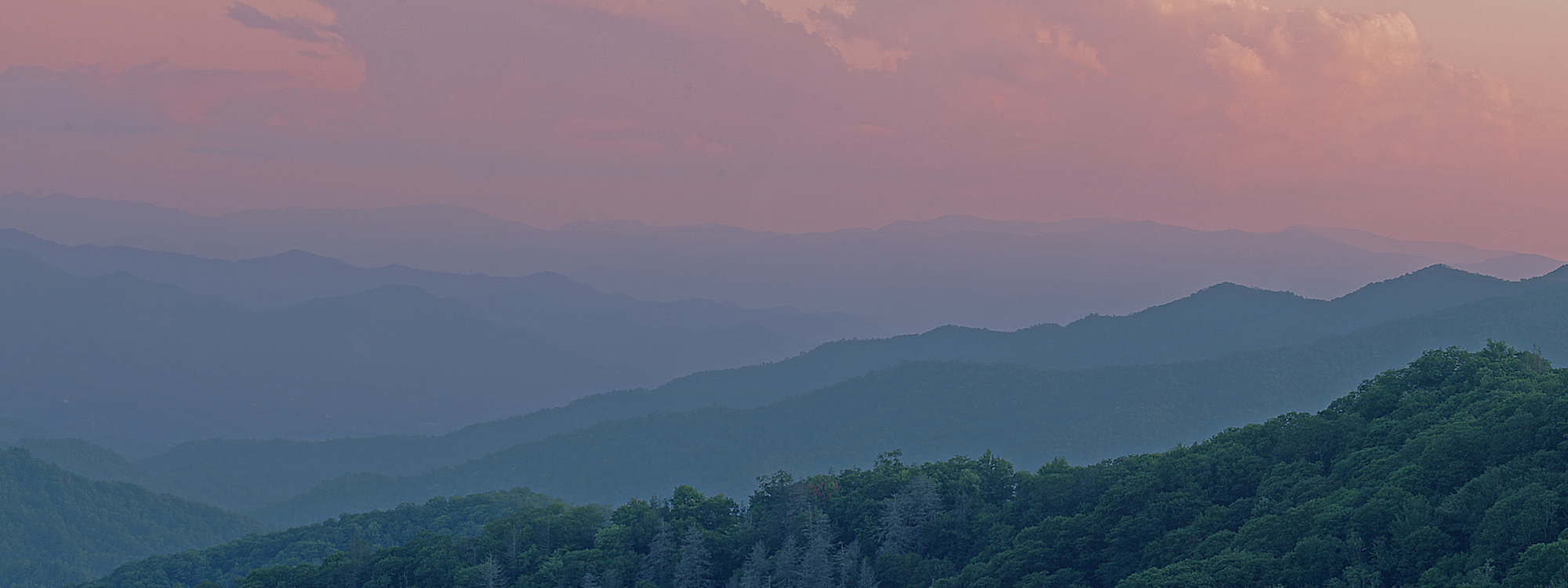Category: Astrophotography
Astrophotography

Astrophotography
31 million light years away sits M51, also known as the Whirlpool Galaxy. Its’ distinctive shape has made it a favorite galaxy to photograph for me since I started this hobby. Originally discovered in
In the constellation Orion there are three easily recognized stars that make up Orion’s Belt. Right below the easternmost star, Alnitak, lies the small nebula Barnard 33 (B33), better known as the Horsehead Nebula.
Our closest Galaxy neighbor is M31, the Andromeda Galaxy. It is a mere 2.5 million light years away from the Milky Way. At a dark enough site it is one of the most distant
M42, The Great Orion Nebula, is the first target for many astrophotographers. Easily located in the constellation Orion, it can be found with the naked eye. With a camera and a few seconds of
M42, the Great Orion Nebula, was the first target I imaged when starting astrophotography. If you want to dip your toes into the hobby it is the first subject I would recommend. A bright
2020 was a year of nebulae, galaxies, comets, star clusters, supernovae, and planetary conjunctions. There was little travel due to the pandemic, but the skies were active. I was able to use 2020 to
NGC2264 is the designation for an area with two astronomical objects, the Cone Nebula and the Christmas Tree Cluster. They are located in the Monoceros constellation 2,600 light years from Earth. That is 800
Conjunction is a term meaning to join together. If you remember Schoolhouse Rock Conjunction Junction you know that with language conjunctions relate to clauses brought together in sentences. In astronomy the term conjunction is
Approximately 1,500 light years away from the state on the West Coast is the California Nebula, NGC 1499. Discovered by E. E. Bernard in 1884, it gets its name from the similar shape to
Located about 7,500 light-years from Earth are IC 1805 and IC 1848, the Heart and Soul Nebulae. Also shown is IC 1795, the Fish Head nebula. These nebulae are large star-forming complexes making up